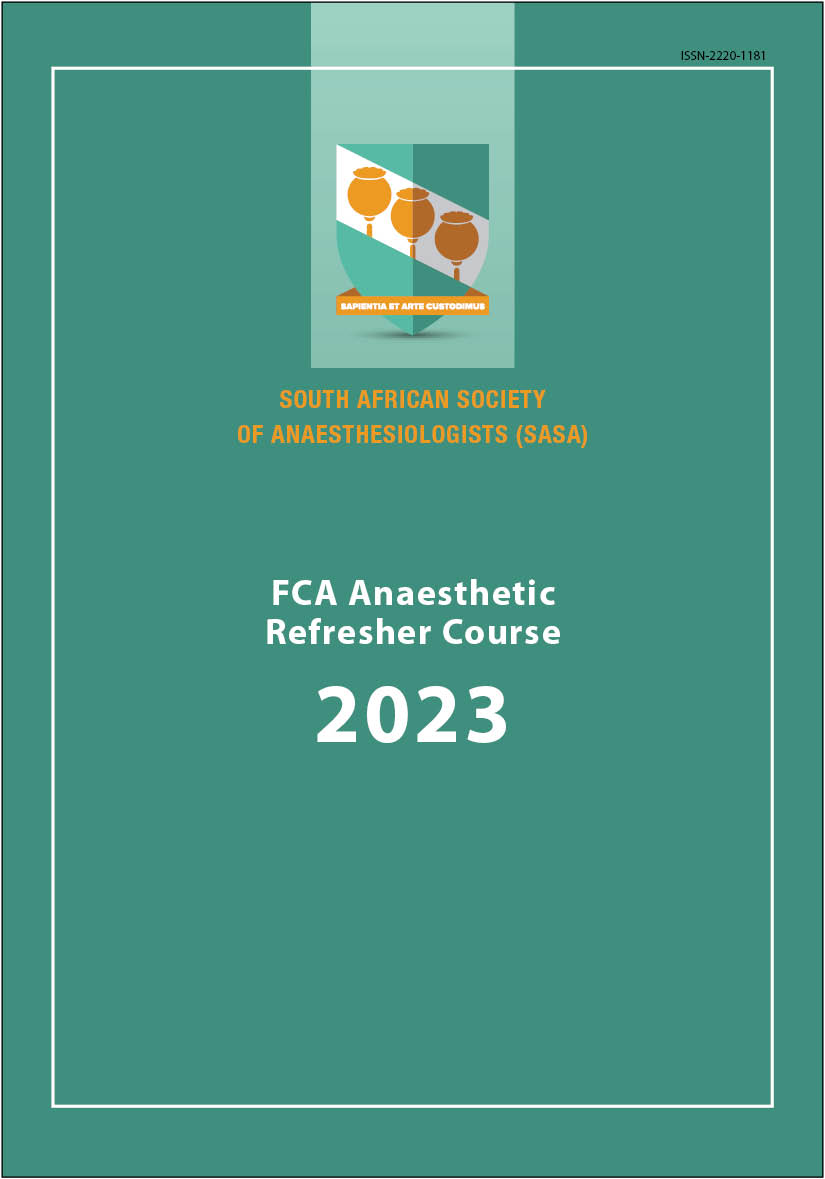Regression analysis basics: making the right choice of type of regression analysis to model clinical data
Keywords:
linear regression, logistic regression, prediction, relationship between variablesAbstract
Data-driven clinical practice and evidence-based medicine present themselves as critical tenets of medical practice the world over. The use of data to achieve these tenets often involves using known clinical patient presentations and biological data to predict disease outcomes and other post-care events (i.e. major adverse effects of treatment or mortality). These predictions are achieved using statistical techniques, such as hypothesis testing and forecasting or prediction analysis, also accepted as regression analysis.
In its simplicity, regression analysis represents the statistical technique of applying certain mathematical computational equations to determine the relationship between variables. Therefore, in the use of such mathematical equations, a change in a unit of one variable (the independent variable) can lead to a predictable corresponding change in the dependent variable. This corresponding change can be a unit change, in the independent variable, or it can be a quantifiable factor of the unit of change observed in the independent variable.
The current paper takes an introductory and non-technical approach to discuss processes involved in regression analysis. The focus is the understanding and application of linear and logistic regression to clinical data. Other types of regression methods such as lasso, ridge, and polynomial regression analysis are mentioned but not fully discussed.
Downloads
Published
Issue
Section
License
By submitting manuscripts to SAJAA, authors of original articles are assigning copyright to the SA Society of Anaesthesiologists. Authors may use their own work after publication without written permission, provided they acknowledge the original source. Individuals and academic institutions may freely copy and distribute articles published in SAJAA for educational and research purposes without obtaining permission.
The work is licensed under a Creative Commons Attribution-Non-Commercial Works 4.0 South Africa License. The SAJAA does not hold itself responsible for statements made by the authors.

